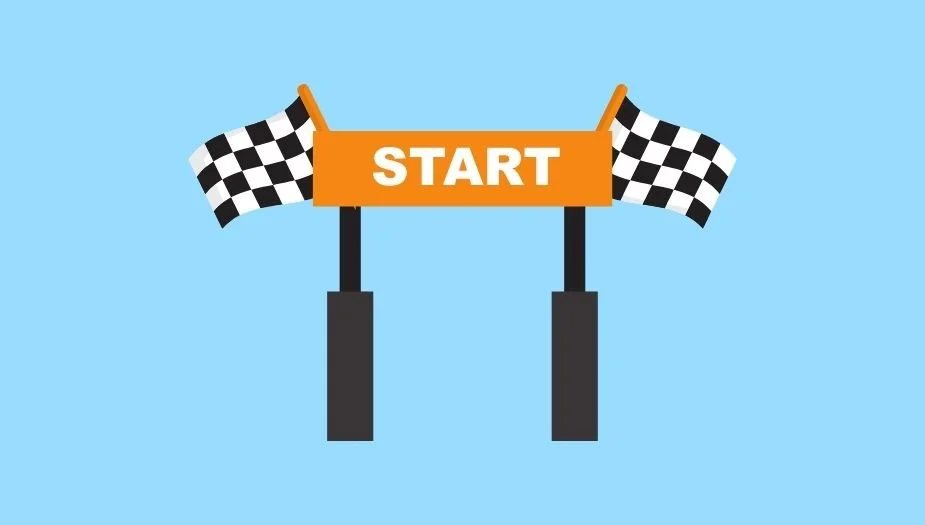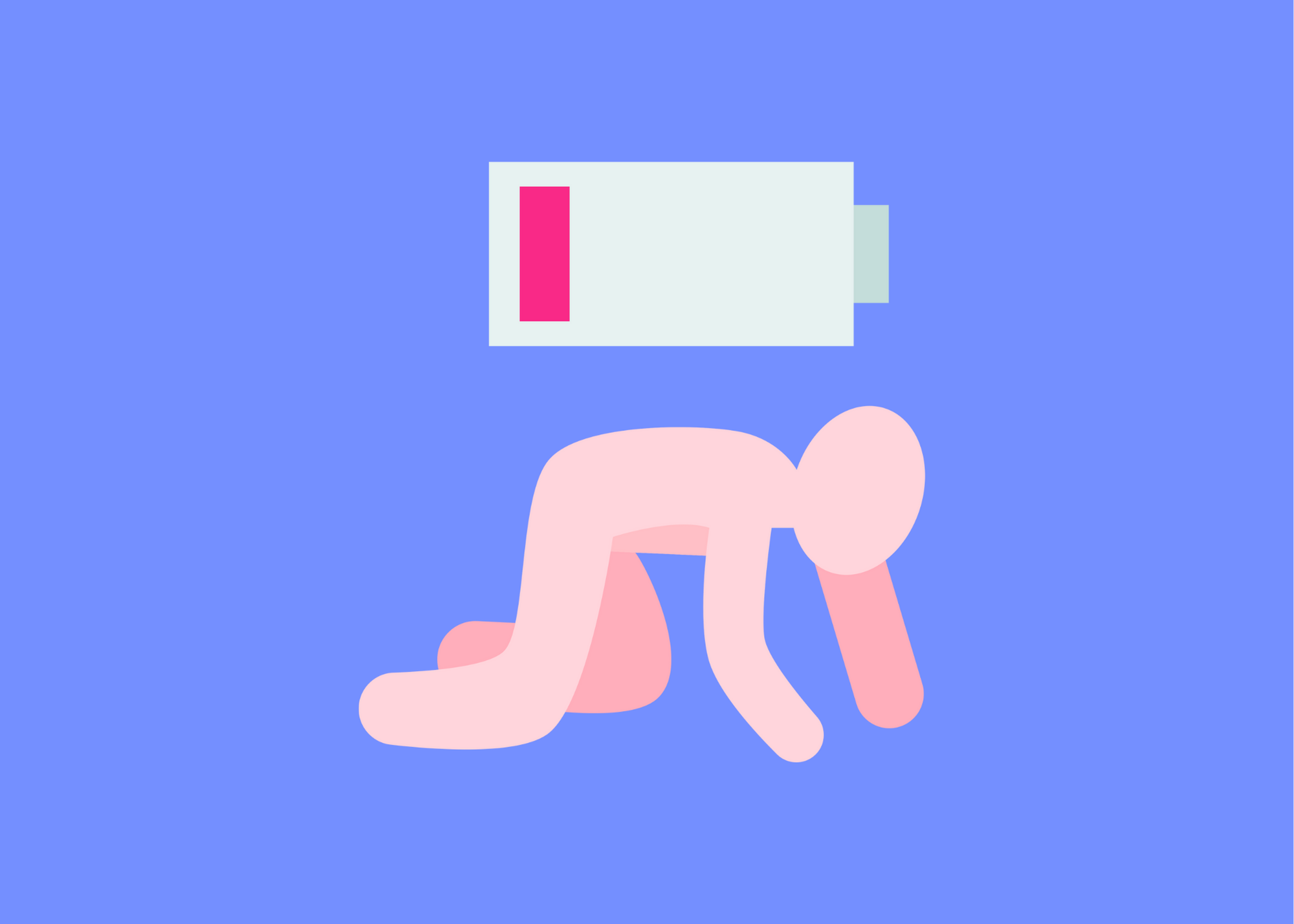3-2-1: GO! How to Break Through Stress Procrastination and Take Action
Overthinking won’t save you— Action will.
You know the feeling. The email sits unopened, the workout gear gathers dust, and the daunting project remains a blinking cursor on an empty screen. You should start. You want to start. And yet—nothing happens. The inertia is real.
Enter the power of the countdown start: 3-2-1… GO!
This deceptively simple technique isn’t just for launching rockets or kicking off high-intensity workouts. It’s a science-backed way to override hesitation, snap out of overthinking, and propel yourself into action. And for the busy professional navigating relentless demands, decision fatigue, and creeping burnout, it’s a game-changer.
Why a Countdown Works
A countdown isn’t just a gimmick—it’s a psychological interrupt. It short-circuits the endless loop of “should I, shouldn’t I?” by giving your brain a non-negotiable cue to move. The moment you hit zero, the decision is made. No more mental tug-of-war. Just action.
Mel Robbins, author of The 5 Second Rule, popularized a similar approach, explaining that counting down shifts control from the emotional brain (which loves comfort) to the rational brain (which knows you need to get things done). It eliminates hesitation and forces movement before doubt creeps in.
This is crucial because when you hesitate, your brain starts working against you. It finds excuses, predicts failure, and magnifies the difficulty of a task. The countdown bypasses this internal negotiation and pushes you straight into doing. And once you start, the hardest part is over.
The Science Behind Momentum
Newton’s First Law of Motion states that an object at rest stays at rest, and an object in motion stays in motion. This applies to human behavior, too. The hardest part of any task is getting started. Once you’re in motion, momentum kicks in, making it easier to continue.
Consider how difficult it feels to get off the couch after a long day. But once you take that first step, it’s easier to walk to the gym or tackle household chores. The countdown serves as that initial push—forcing movement before your brain can resist.
Neuroscience research shows that completing a task, no matter how small, releases dopamine, the feel-good neurotransmitter. This positive reinforcement increases motivation, making the next step feel easier. The more often you use 3-2-1-Go, the more your brain associates it with action, reinforcing the habit over time.
When to Use It
The 3-2-1 method is ideal for moments of resistance—the tasks you know you need to do but don’t feel like doing. Try it when:
You’re stuck in analysis paralysis. Instead of over-researching and second-guessing, count down and send the email, make the call, or take the first step. Action creates clarity.
You’re drained but need momentum. No motivation? Instead of debating whether to work out, count down and put on your sneakers. Start small, and movement will follow.
You’re dreading a difficult conversation. No more rehearsing for hours. Count down, dial the number, and start talking.
You’ve lost steam mid-task. Procrastinating halfway through a project? Use the countdown to get back in. A micro-reset can reignite focus.
You need to transition quickly. Whether it’s switching from work mode to workout mode or from relaxation to productivity, the countdown helps shift your mindset instantly.
Practical Ways to Implement 3-2-1-Go
Morning Activation
If you struggle to get out of bed, count down and immediately stand up. The longer you linger, the harder it gets.
Win the morning, win the day.
Work Task Initiation
For any task you’re avoiding—writing a report, starting a presentation, responding to emails—use the countdown as a trigger to start the first step.
Productivity is a byproduct of initiation.
Fitness and Movement
If getting to the gym feels impossible, count down and just stand up. Then put on your shoes. Then walk outside.
Each small action makes the next one easier.
Overcoming Social Hesitation
Nervous about networking or speaking up in a meeting? Countdown to make your move before overthinking kicks in.
Confidence is built through action, not waiting.
Combatting Decision Fatigue
Instead of debating over every choice, use 3-2-1 to make a quick, confident decision. This prevents wasted mental energy and builds decisiveness.
High performers don’t overthink—they act.
The Real Secret: Action Fuels Motivation
We often assume we need motivation first—then we’ll start. But the truth? Action creates motivation. The first few seconds of doing the thing are always the hardest, but once you begin, momentum takes over. The countdown is the catalyst.
If you wait until you feel ready, you’ll be waiting forever. Readiness isn’t a prerequisite for action—action creates readiness. And the more you act despite hesitation, the more resilient you become. Over time, you’ll trust yourself to handle discomfort and push through resistance more naturally.
Final Thoughts
The next time you’re staring at a task, waiting for motivation to strike, don’t give yourself time to negotiate. Just count down: 3…2…1… Go.
Then, do the thing. No overthinking. No hesitation. Just movement.
Because success isn’t about always feeling ready—it’s about starting anyway.
Make 3-2-1-Go your new mantra, and watch how quickly your productivity, confidence, and momentum transform.
Need Help? Knowing isn’t the problem—implementation is.
Let’s break the all-or-nothing cycle and build habits you can actually stick with—without guilt, restriction, or burnout.
✅ Book your free 20-minute strategy session and get your energy (and sanity) back.
Article References
The sources cited in the article:
Mel Robbins. "The 5 Second Rule." Mel Robbins - The 5 Second Rule
Brite. “The Countdown Conundrum: How Watching the Clock Can Actually Unlock Your Productivity.” Brite - Countdown Clock
The New York Times (NYT). “Why You Procrastinate (It Has Nothing to Do With Self-Control).” NYT - Why You Procrastinate
Harvard Business Review (HBR). “How to Stop Procrastinating.” HBR - How to Stop Procrastinating






